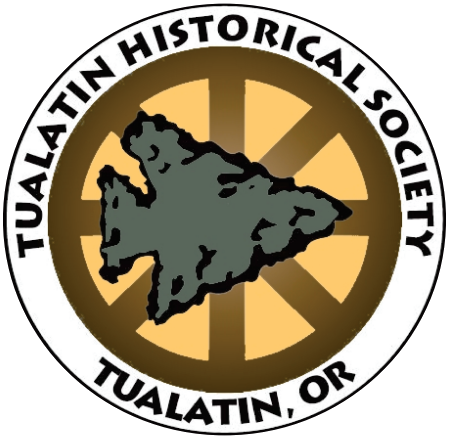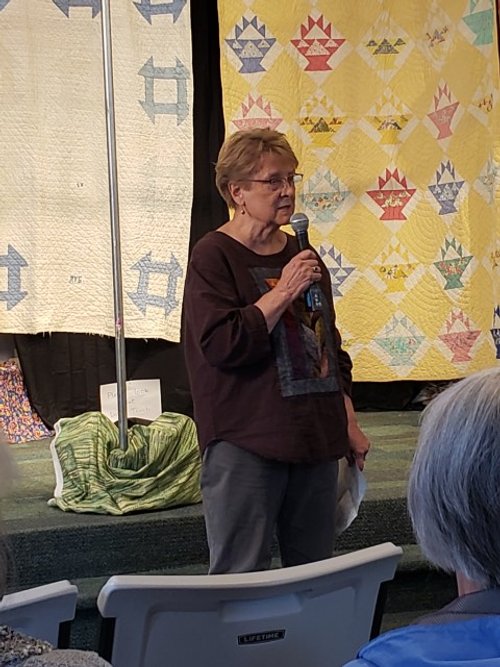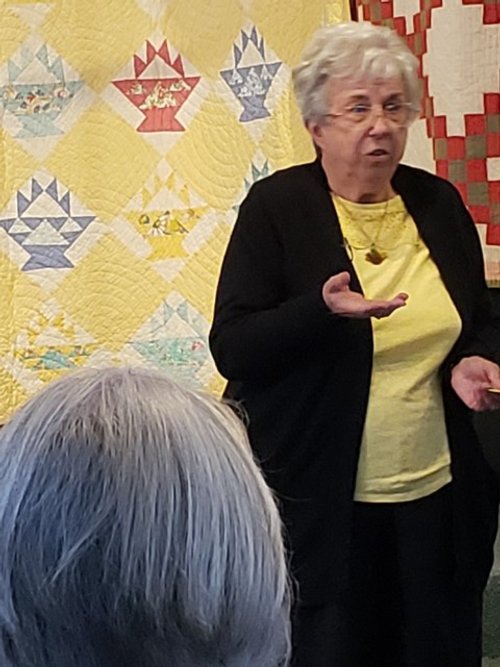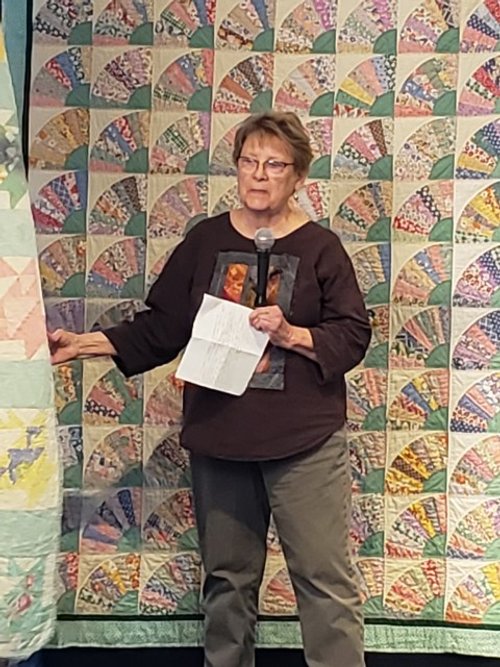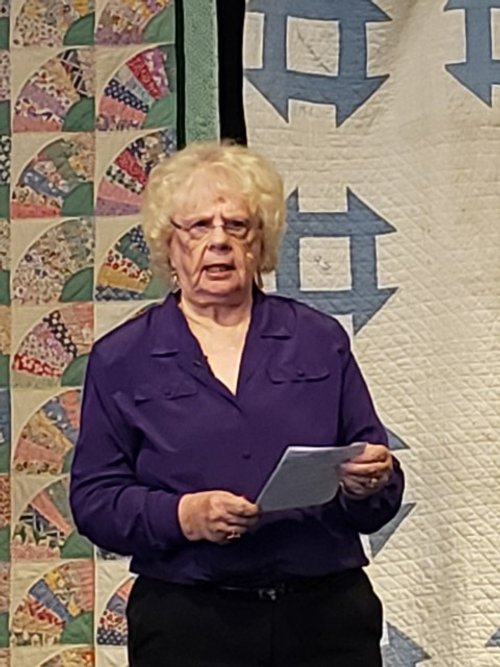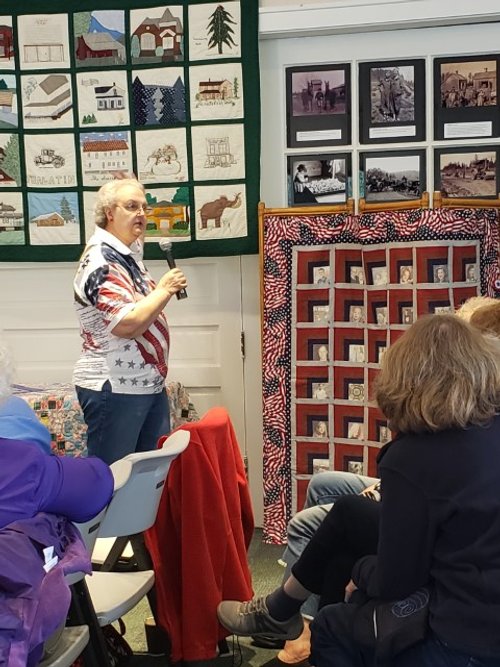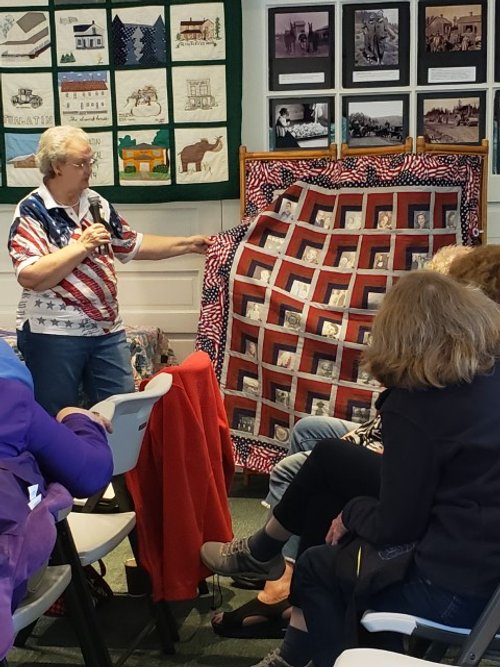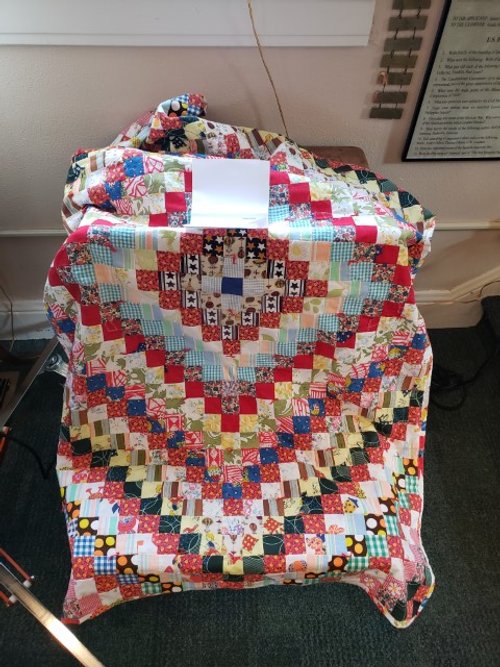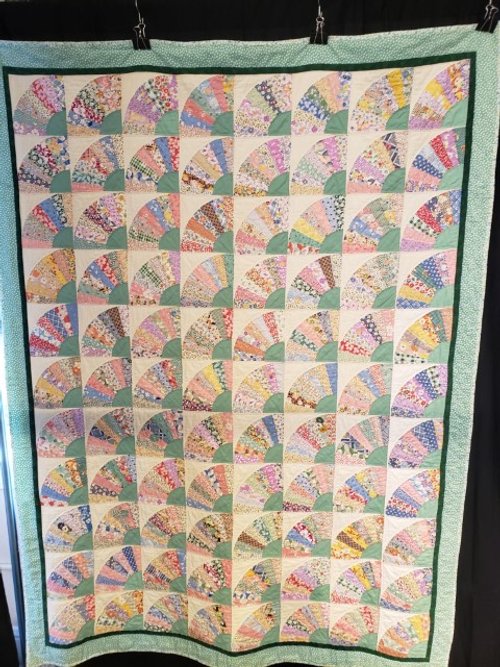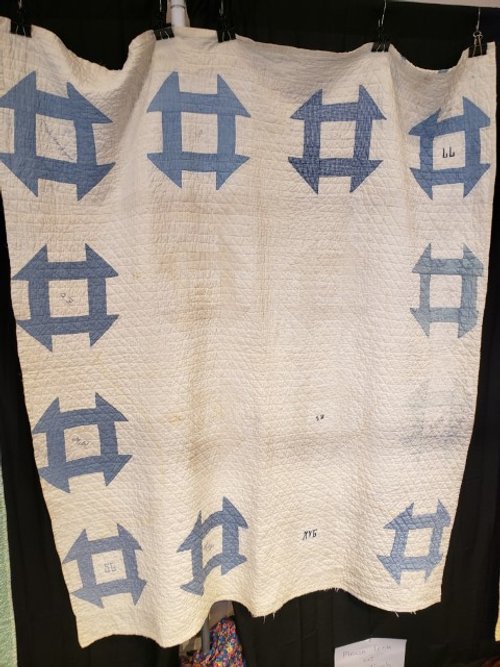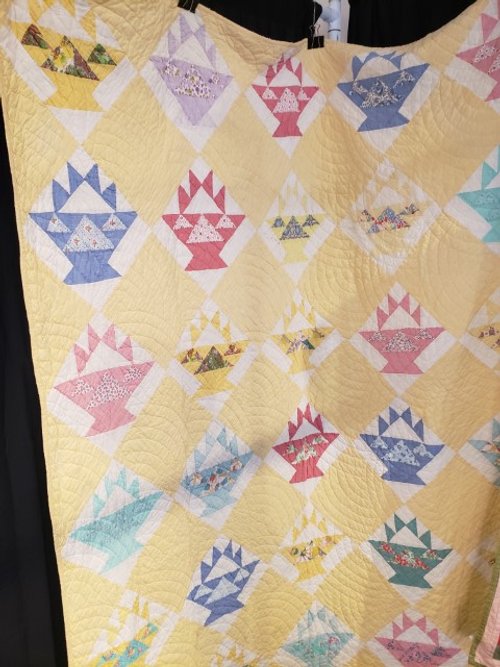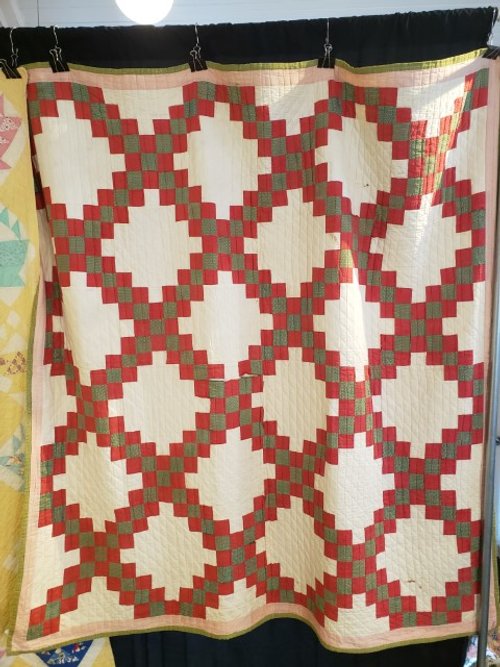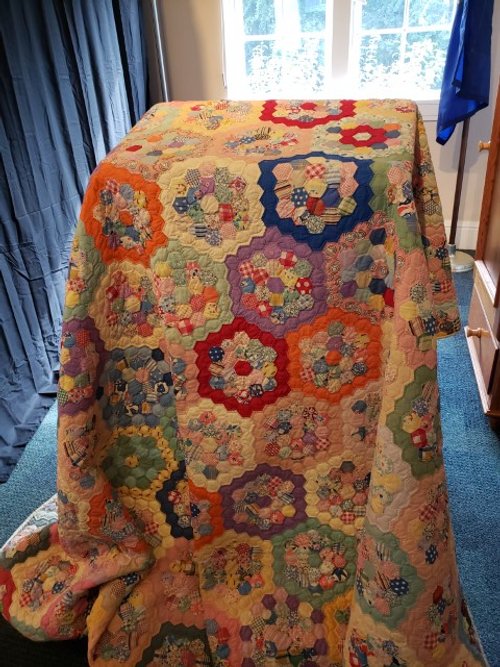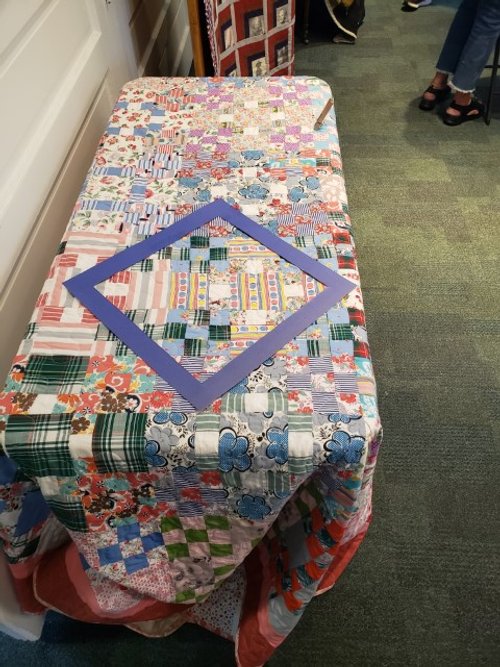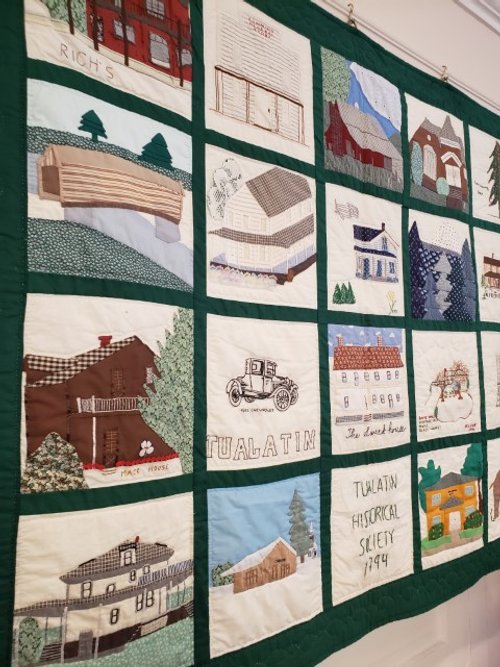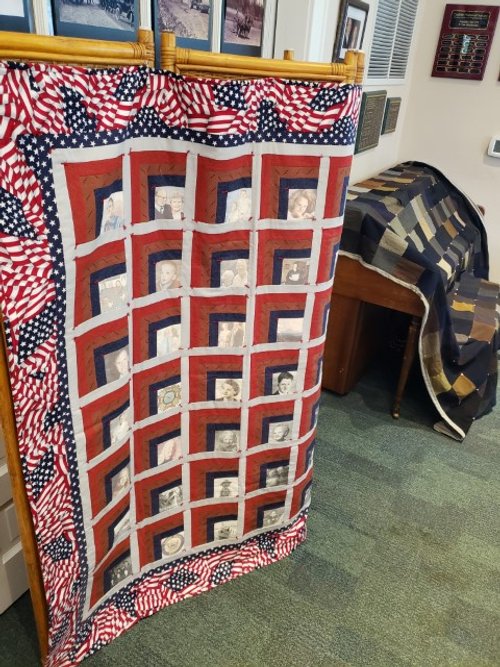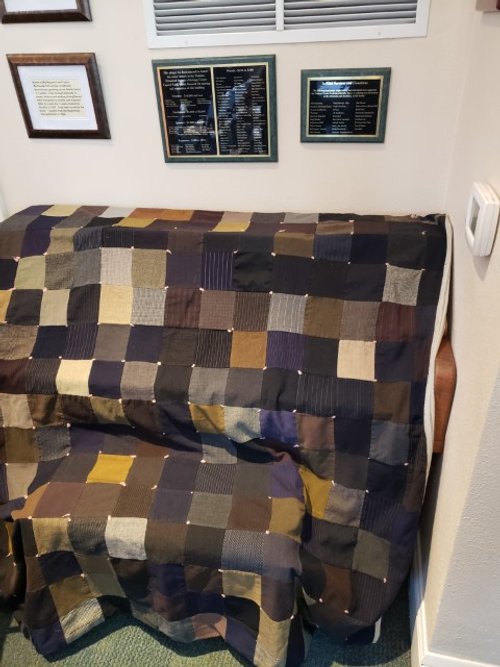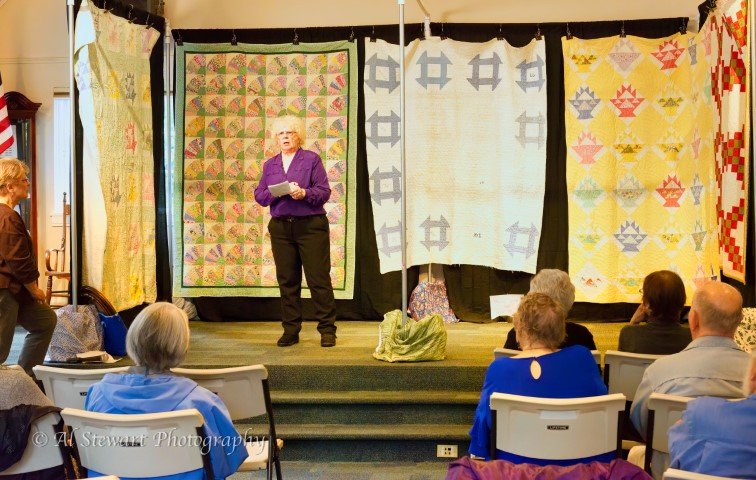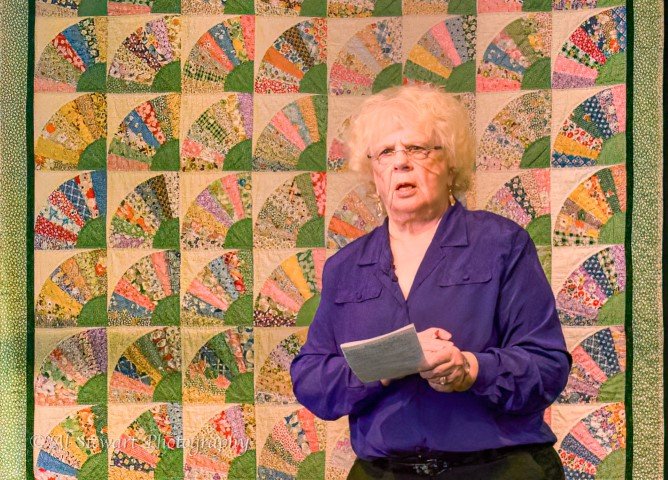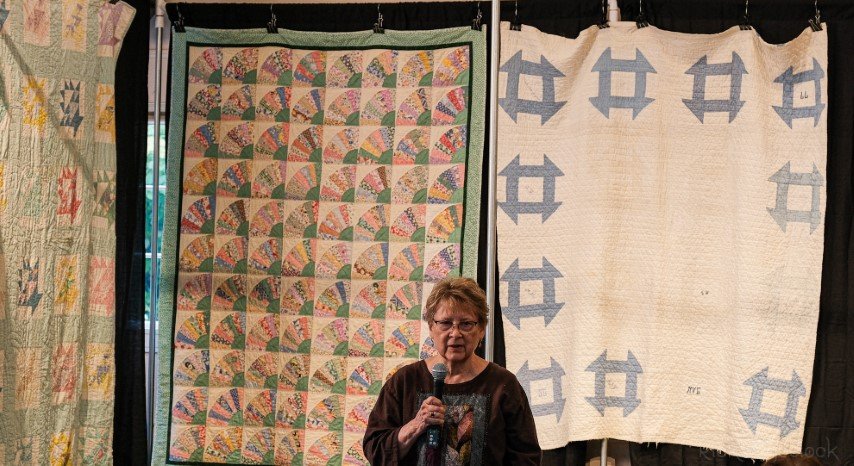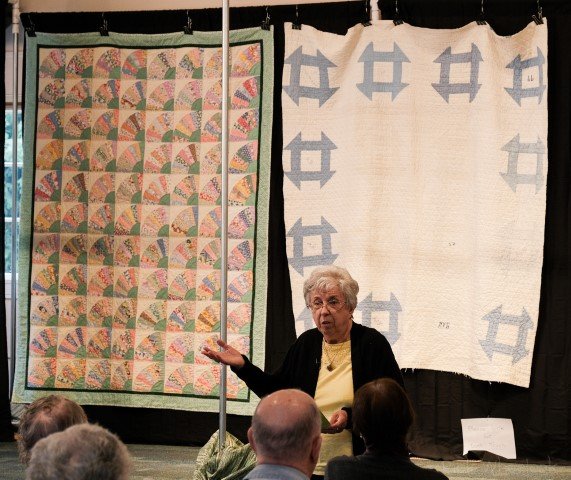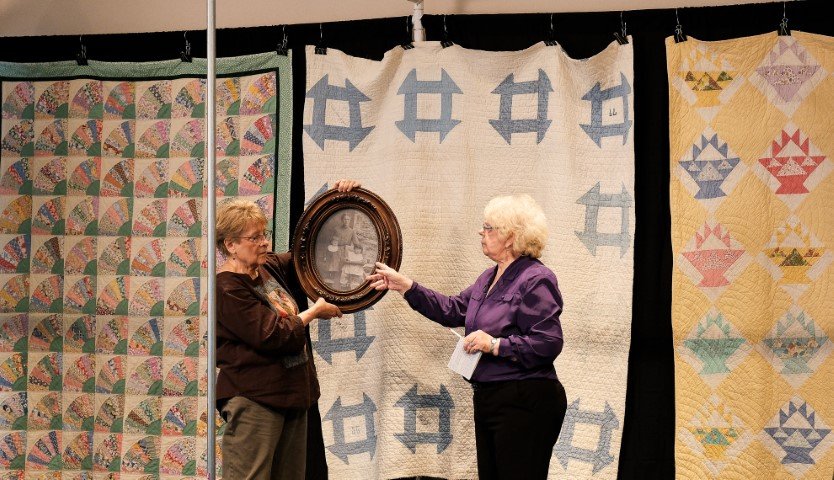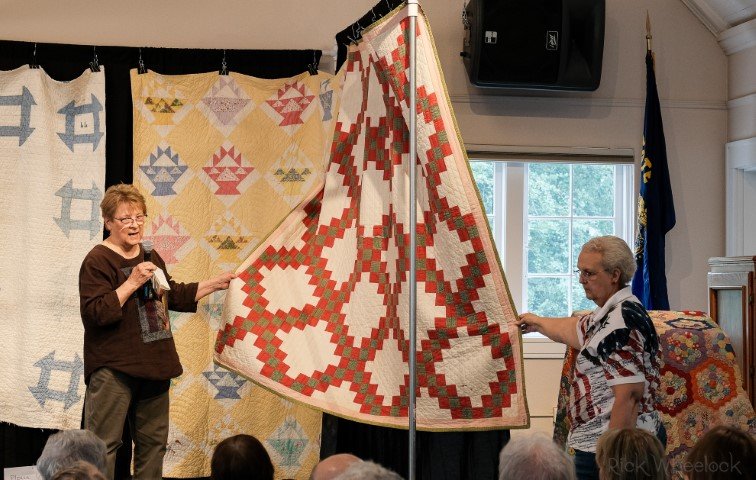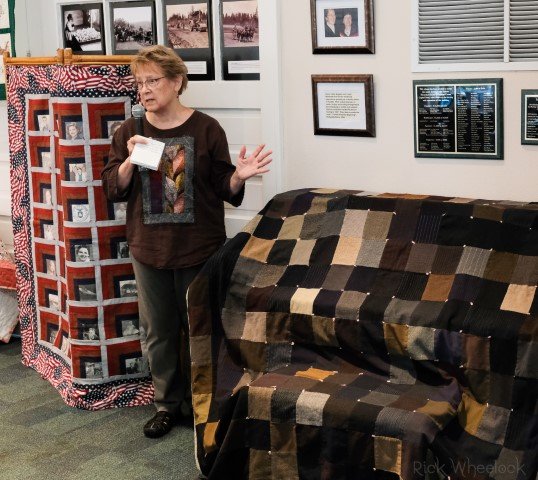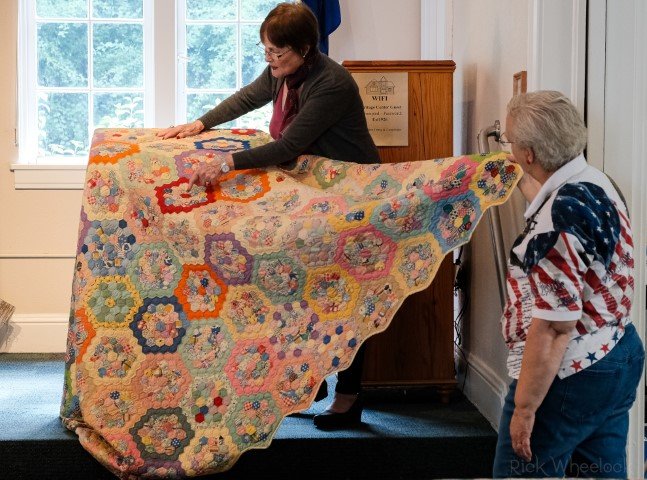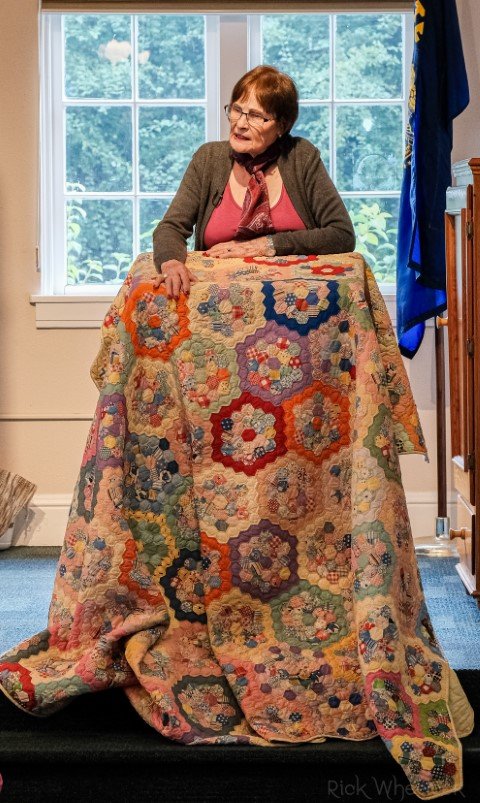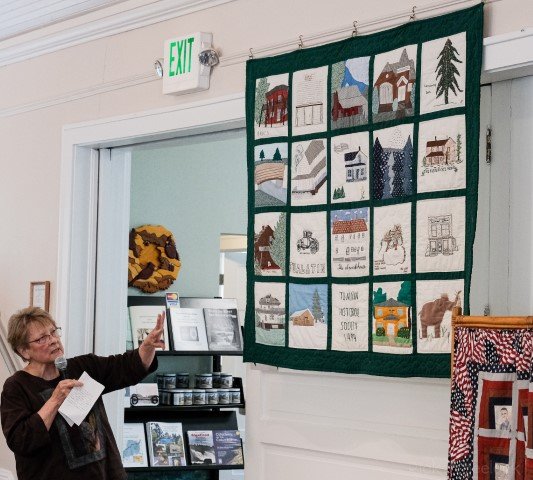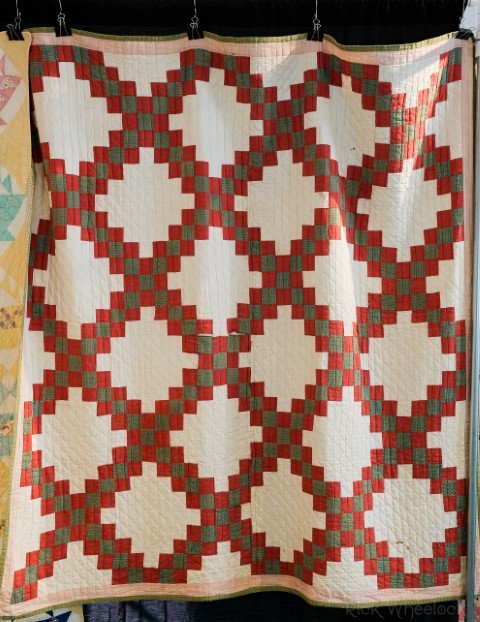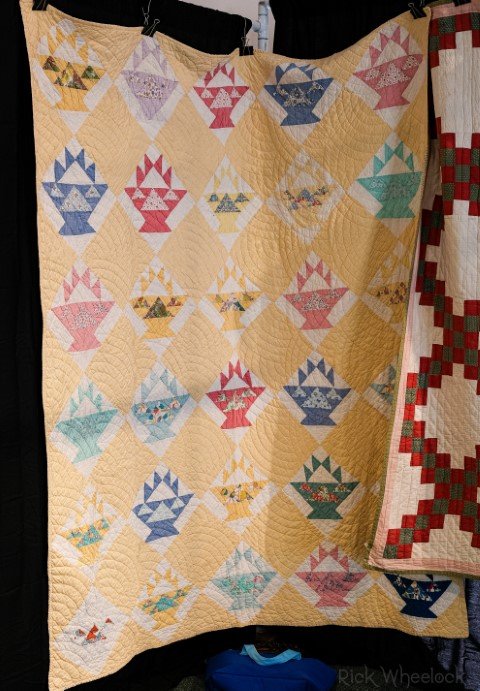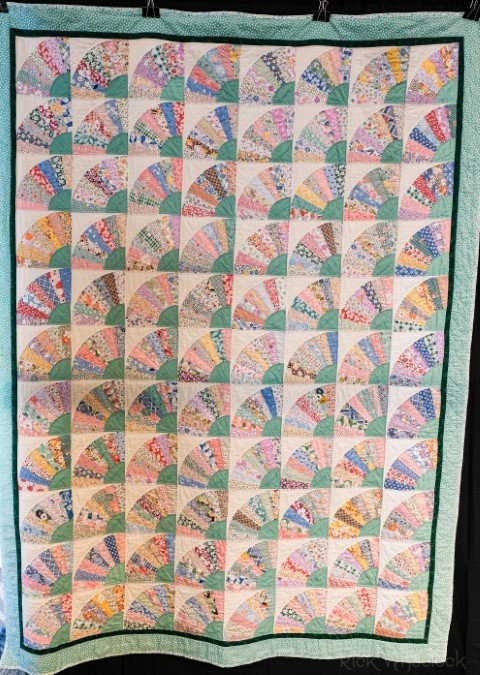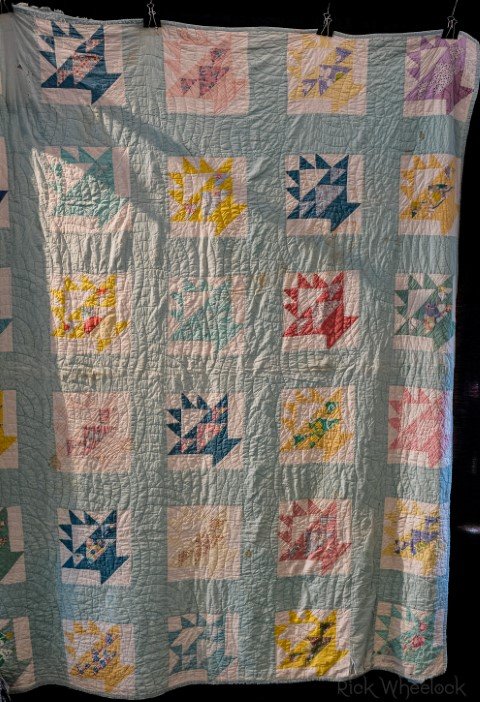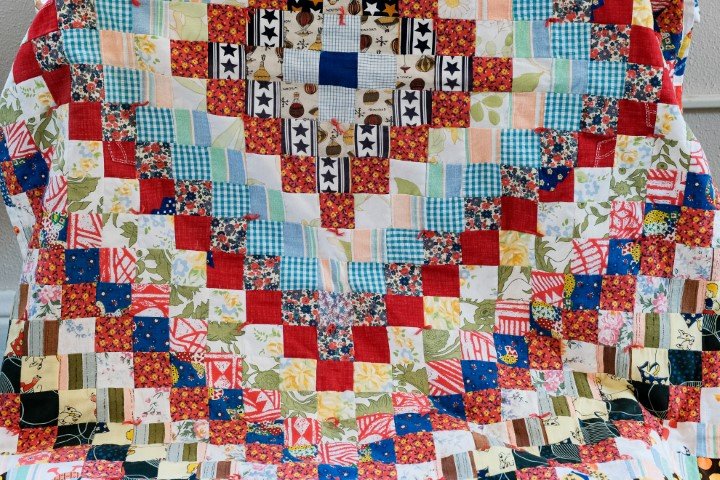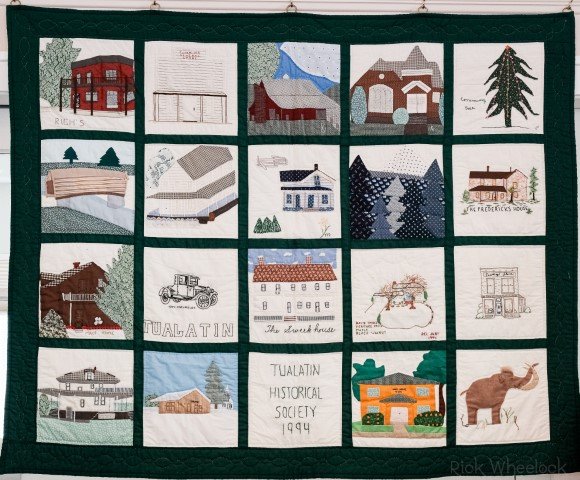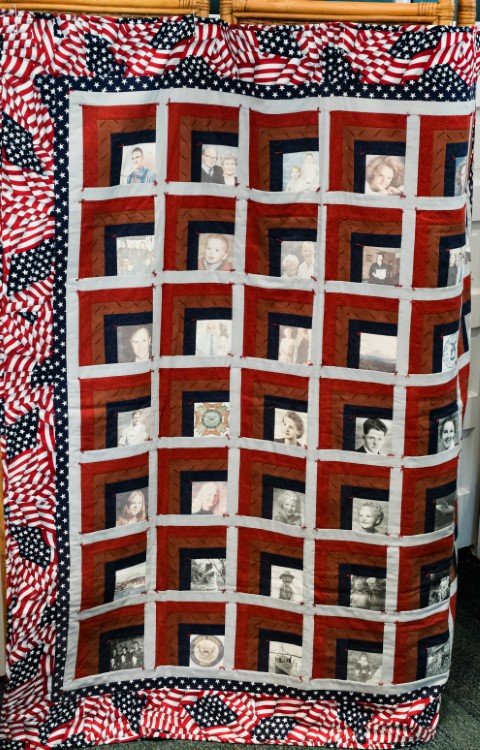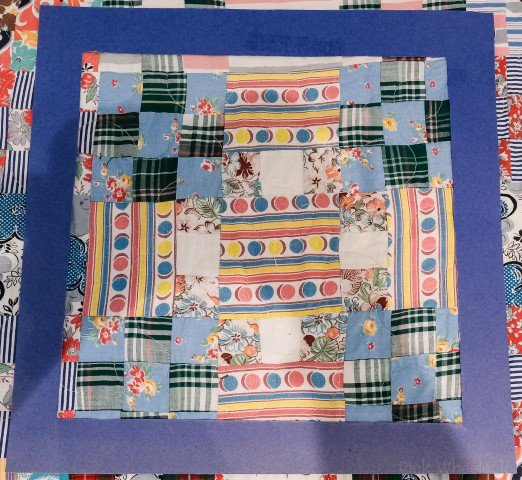Legacy of our lives in fabric
In October 2022 the Historical Society’s Quilt Committee stitched together a great program about quilts. The program began with a history of quilting. There were quilts on display including some from our archives that are a century plus old monuments to early Tualatin residents. Also included were fairly recent ones made by the THS quilt committee members who shared)a brief background of each.
The Historical Society is a proud grant recipient from the Cultural Coalition of Washington County whose funding helps support this program.
QUILT COMMITTEE MEMBERS: Sandra Carlson, April Wicker, Eleanore Mickus
Enjoy all the photos from that day by our photographer, Al Stewart
A BRIEF HISTORY OF QUILTS by Eleanore Mickus
There were no quilters in my family, I am the first one. One of my grandmothers made feather quilts, coverings probably made from sheets or white feed sack with printing on them, I have some of them. These were stuffed with down or chicken feathers and were big and fluffy on the bed, a child could get lost in one! But other cultures were quilting fabric centuries ago:
Rudimentary quilting began in China in 3000 BC where ancient warriors used quilted chest protectors against the weapons of the day.
A piece of quilt that was used as a rug was found in Mongolia and a quilted shoe was found along the Silk Road
Ancient Egyptians had quilted clothing and putting stuffing between 2 pieces of fabric began in France.
The oldest quilts in existence are the 3 Tristan quilts from the 14th century showing 14 scenes depicting battles during the time of Tristan and Isolde. The 3 pieces remain in museums in Europe.
Our country’s quilts dates to the 1700 and 1800s and it’s said that they were used mainly for decorative purposes by wealthy ladies to practice their artistic abilities. In early times they would cut out designs from fabric and sew it or applique it on the fabric. The invention of the Cotton Gin in 1794 made fabric affordable for everyone and after that it was used for more practical purposes using pieces of fabric left from making clothing.
Quilting over the years was used as social time for the women who had busy lives at home would get together to have a “quilting bee” while they did hand stitching and gathering around a quilt to share the talk of the day. Today there are guilds where quilters meet and have speakers or some small projects that can be learned at a guild meeting. They also provide means to get together to sew such as Sit and Sew Days and Retreats that could last several days.
Different groups that are identified by their quilts such as the well known:
Amish quilts
Gee’s Bend, (Alabama)
Underground Railroad quilts
Flour Sack quilts
More modern quilts include:
Pinwheel
Bear Claw
Fools Square
Missouri Star
Ohio Star
Sawtooth Star
A very early quilt design was the Log Cabin square, which many quilters call that their favorite. It is a basic design but can be changed to incorporate some new features. The original called for a red center which depicted the heart of a home.
Hand sewing a quilt is probably a thing of the past after the invention of the sewing machine in the 1800s and increased in popularity as women could afford to buy one. Before that they would stitch everything using precise stitches of 9 to an inch which brought about the saying of “a stitch in time saves nine” or to interpret means take your time and do it right or you have to rip it out and do the nine stitches over again. Those of us that use sewing machines can verify how many times we have to tear out stitches for many reasons and sew over again! Years ago I used the tip of a needle or a sharp pointed scissor but today there is a tool that is used for that.
